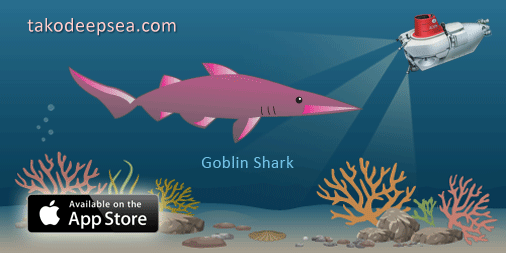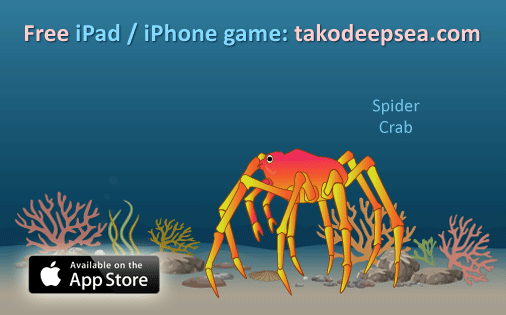The scary looking goblin shark lives in the waters off the coast of Japan. It’s able to shoot its protruding jaws forward to snatch up prey. When feeding in this manner, they look more like something out of an alien movie than a shark.
The goblin shark’s most conspicuous physical features are the long snout (called a rostrum) and the teeth.
Live goblin sharks have only rarely been observed and almost never filmed, so most of scientists’ knowledge of this species is a result of their accidental capture in fisheries targeting other species. They are believed to be active predators and to take some fishes, as well as squids and pelagic crustaceans.
The goblin shark is not fished commercially, and is only rarely captured accidentally in fisheries targeting other species. Based on a recent analysis, scientists believe the goblin shark to be a species of least concern.
Source: http://oceana.org/marine-life/sharks-rays/goblin-shark



